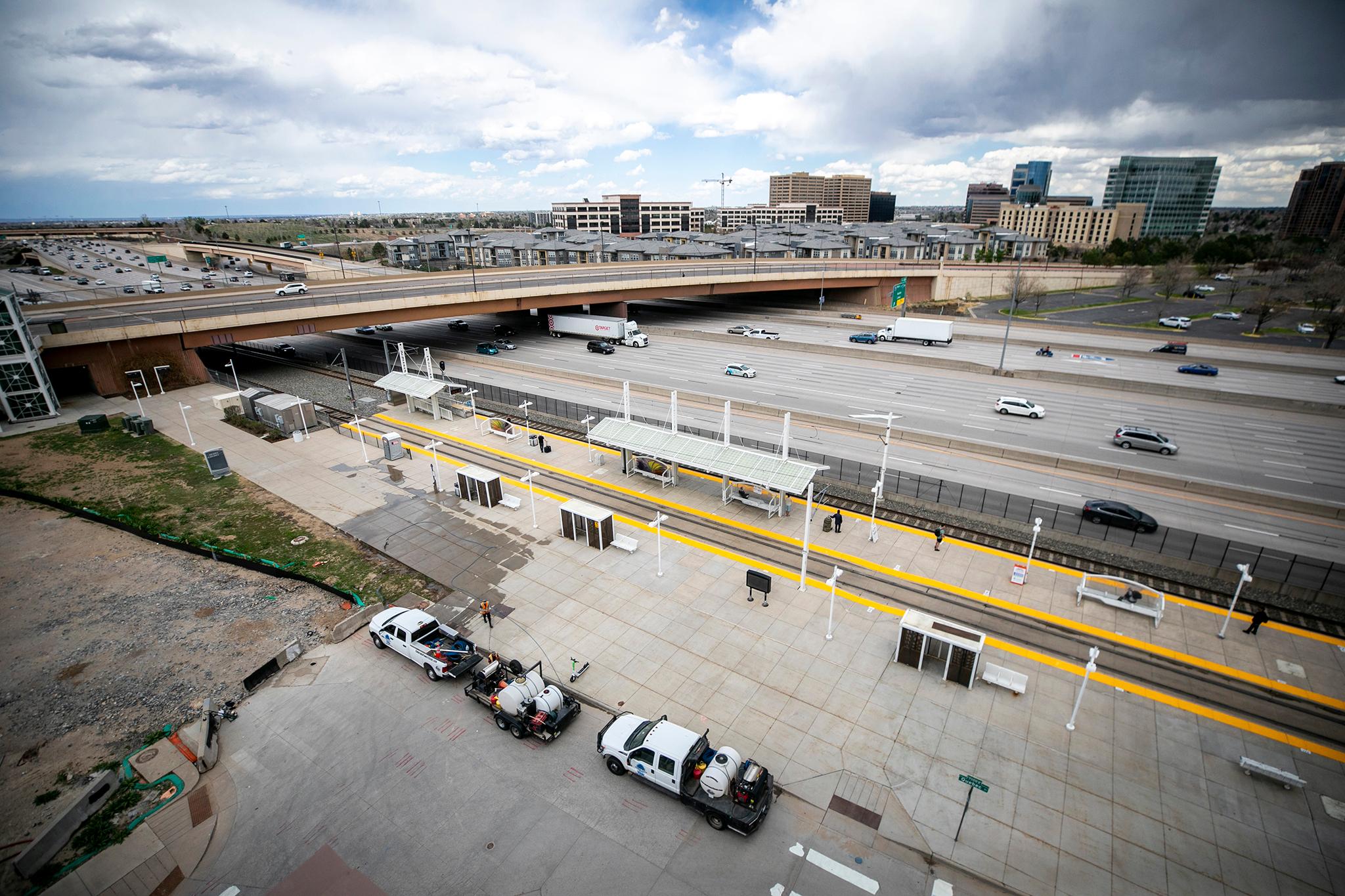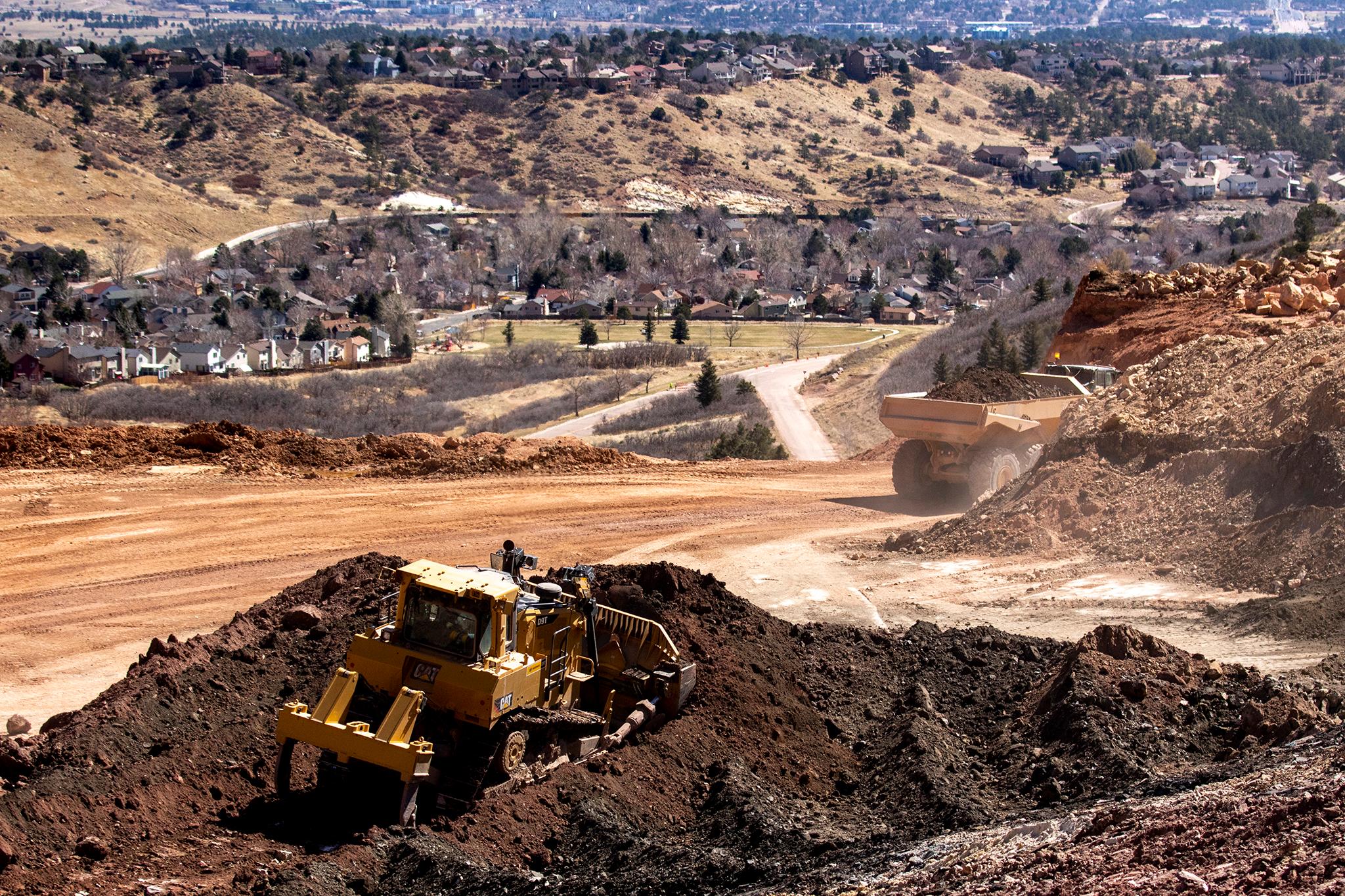Originally published on March 15, 2018 4:38 pm
How bad is 2018 snowpack in the southern Rocky Mountains, you ask?
Let me count the ways.
Currently, snowpack in the Upper Colorado River Basin, which supplies the vast majority of water for what is arguably the southwest’s most important river system, sits at 69 percent of median. In 2002, the watershed’s driest year on record, there was more snow on the ground at this point in March than there is now.

Parts of California, Arizona, Colorado, Utah and New Mexico reported record dry conditions and high temperatures during the important snow accumulation period from November through January.
The measly snowfall translates to worsening drought conditions. The U.S. Drought Monitor shows more than 60 percent of the Colorado River Basin classified as being in “severe” drought or worse, felt acutely in the Four Corners region, southern Utah and northern New Mexico.
Projections for the amount of water the Colorado River and its tributaries will dump into Lake Powell, the Upper Basin states’ main water bank account, continue to drop. Without heavy spring snow in April and May, runoff to Powell will rival 2002’s trickle.
Rivers and small creeks in southwestern Colorado and eastern Utah are projected to flow at 28 to 65 percent of their average spring flow.
In Colorado’s mountains, it would take 327 percent of normal snowfall to pull the state’s measly supplies up to reasonable levels.

And as scientists at the Colorado Basin River Forecast Center put it in their latest monthly forecast presentation: “Climatologically, time is running out,” to make up the deficit.
So how does all this grim news likely translate into action?
In California, expect more calls for conservation, where some municipalities spend millions of dollars to incentivize homeowners to rip out their lawns or simply to convince them to embrace “the desert look.”
In Utah, the state’s Republican governor Gary Herbert sent out a letter to interfaith leaders asking for additional prayers to summon snow clouds, saying a previous call for providential help brought rains to quench Utah’s damaging wildfires in 2012.
Facing an almost certain shortage on the Colorado River, water officials in landlocked Arizona are beginning to entertain investments in desalination, a technology once thought too expensive to make feasible on the coast let alone to pipe treated water inland.
And across the Colorado River Basin, conservation groups will continue the drum beat for the Drought Contingency Plan, or something similar. The multi-state agreement is an update to a set of 2007 guidelines already deemed obsolete in responding to the 18-year drought that’s upended conventional wisdom about what’s possible in southwestern weather.
But due to intrastate bickering and the inability of some major water users to come to the negotiating table, the deal looks far from finished.
This story is part of a project covering the Colorado River, produced by KUNC and supported through a Walton Family Foundation grant. KUNC is solely responsible for its editorial content.
Copyright 2018 KUNC. To see more, visit KUNC.








